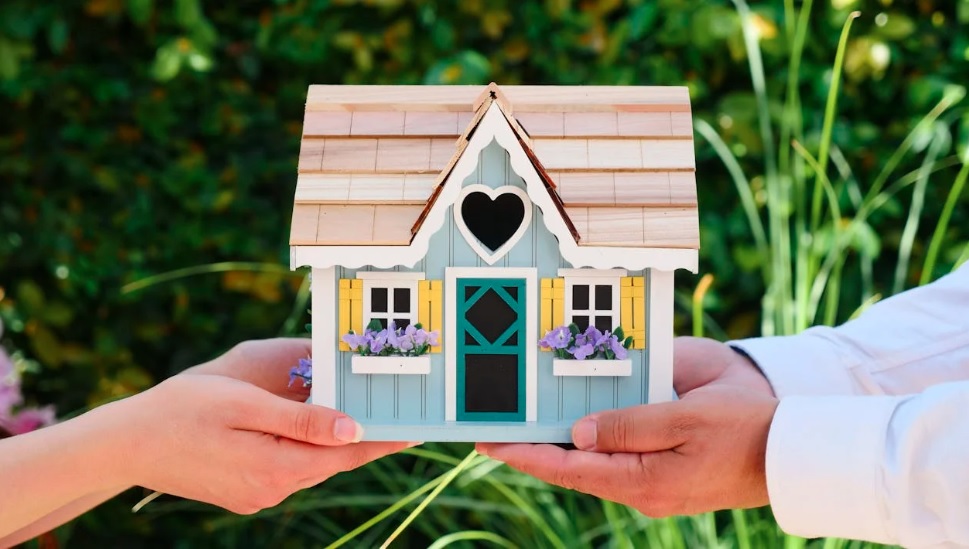How to make a paper airplane – crafting your own paper airplane
Making a paper airplane is a simple yet delightful activity. It combines creativity, engineering, and fun. This article will guide you through the process. You will learn about different designs, techniques, and tips to enhance your paper airplane experience.
Choosing the right paper
The type of paper you use can significantly impact your airplane’s performance. Standard printer paper is a good choice. It’s lightweight, durable, and easy to fold. For a more advanced design, consider using heavier paper, like cardstock. This can provide more stability and weight, leading to longer flights.
The classic dart design
One of the most popular designs is the classic dart airplane. This design is known for its speed and distance. Here’s how to make it:
– begin with a standard sheet of A4 or letter-sized paper.
– fold the paper in half lengthwise. This crease will guide your folds later.
– create the bose – unfold the paper. Then, fold the top two corners down to the center crease. This will form a triangle shape.
– fold the triangle – take the triangle point and fold it down so it meets the bottom edge of the paper.
– fold the corners again – fold the new top corners down to the center crease. This will create a sharper nose.
– final folds – fold the paper in half along the original crease. Then, fold the wings down at an angle. The wings should be even for better balance.
Testing your creation
Once your airplane is assembled, it’s time to test it. Find an open space, free from obstacles. Hold the airplane at the bottom, near the nose. Aim it slightly upward and release it gently. Observe how it flies.
Troubleshooting flight ossues
If your paper airplane doesn’t fly well, don’t worry. Several adjustments can enhance its performance. If it nose-dives, try adjusting the wing angles. You can also add small paper clips to the nose for extra weight. If it veers to one side, check if the wings are uneven.
Experimenting with designs
Once you master the classic dart, consider trying different designs. The glider is another popular option. It’s designed for longer, smoother flights. To make a glider:
– use the same A4 paper size.
– Instead of sharp folds, keep the wings broader and flatter. This will provide more surface area for lift.
– Slightly angle the wings upward. This dihedral angle enhances stability during flight.









